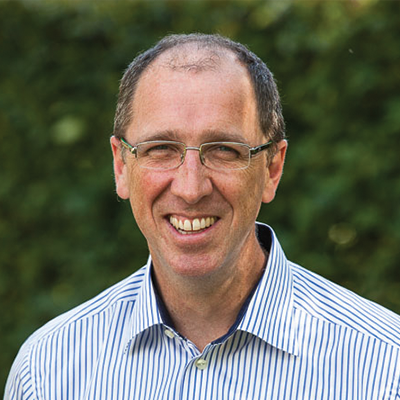Getting objective data that helps athletes focus on technical queues that coaches give them makes it possible for athletes to get feedback on their technique even when a coach is on there with them in the water.
Michael Naughton from NK explains how their Empower Oarlock can taking coaching to another level.
The use of rowing technology on the water can show an athlete how a technical change can demonstrably improve skills and performance, and can also enable a coach to provide technical guidance for two crews at the same time, Michael Naughton – Director of Product Management at sports performance instruments designer and manufacturer Nielsen-Kellerman Co, and also a Philadelphia-based coach – told the World Rowing coaches’ conference in London on 7 December 2017.
Nielsen-Kellerman is the producer of the EmPower oarlock, designed to measure force and angle on the oar’s gate, and the GPS-based SpeedCoach, designed to measure outputs such as stroke rate, boat speed, and time splits. In a recent development, a ‘Skills Screen’ was added to the SpeedCoach system to display data from the oarlock (transmitted wirelessly) for the athlete on each stroke.
Naughton argued that “something that’s frustrated us as a sport is, so I make a change and I go faster one stroke over the next, well what exactly did I do?” “The thing that I think we’ve been really begging for,” he continued, “is an acceptable way to measure the inputs.” The combination of the EmPower and SpeedCoach systems enables a coach to determine the athlete’s inputs onto the blade and assess the consequent outputs in the water.
Naughton used video footage to demonstrate how changing an athlete’s posture in the boat can be shown to have a demonstrable impact on efficiency in the water. Based around an athlete’s rowing length, or force curve, Naughton noted that an ideal length for an athlete may be -60 degrees at the catch to +42 degrees at the finish. If an athlete is not connecting quickly at the front end (slip angle) or is washing out at the finish (wash angle), these technical problems can be set out for the athlete in numeric data presented on the SpeedCoach ‘Skills Screen’.
Here, the coach can set the athlete a numeric target, for example, to reduce the wash angle to under 10 degrees. In the videos, Naughton showed how directing an athlete to sit up saw the wash angle number come down almost immediately.
“In about 500 m, [the athlete] understood what I meant by ‘sit up. Don’t lay back so much.’ He knew exactly what it was,” said Naughton. “Now when I drive away from him and go coach somebody else, he’s going to still have me in the boat with him …. He still knows 42 degrees is where he needs to be.”
Naughton said that Nielsen-Kellerman’s priority in combining the EmPower oarlock and SpeedCoach technologies was to meet the aim of “next stroke improvement”. “This system is intended to help correction,” he added, enabling the coach to provide a target for the athlete to use in the very next stroke to make the boat go faster, and for the athlete to know if he/she was successful in doing it.
If you have any further questions, please read Michael Naughton’s Q&A – Empower Oarlock. Michael Naughton also discussed Nielsen-Kellerman’s work in another Ludum article on the conference, here.
View more content like this

Data Provides Answers – but also Raises Questions
At the 2017 World Rowing Coaches’ Conference, a wide-ranging and interesting discussion about data was had. Covering data collection devices, data management platforms and some philosophies
What is Ludum? | Using data to improve your sporting performance
At the 2017 World Rowing Coaches’ Conference, a wide-ranging and interesting discussion about data was had. Covering data collection devices, data management platforms and some philosophies
The sliders indoor rowing test | Rowing tips from Shrewsbury School Boat Club
At the 2017 World Rowing Coaches’ Conference, a wide-ranging and interesting discussion about data was had. Covering data collection devices, data management platforms and some philosophies


